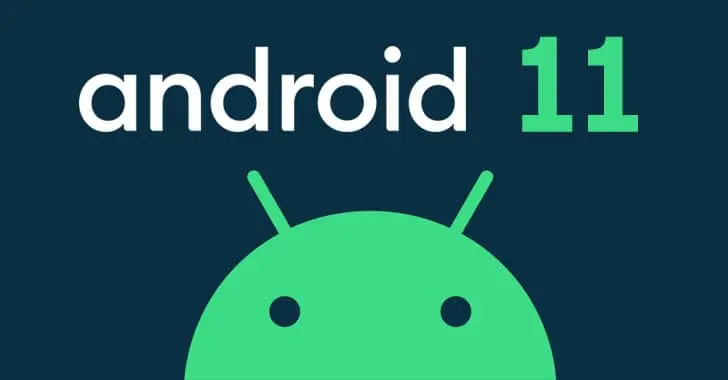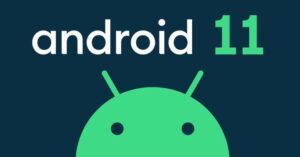Android 11 keeps on pushing Google’s vision of Android forward. With Android 11, Google made a couple of changes to refine the platform as opposed to rolling out wholesale improvements. Privacy is a major concentration with Android 11, with Google introducing one-time permissions and granular control over what kind of information you share.
There are new features to get excited up for too the power button menu got a massive update, the Conversations view works effectively featuring your messages. And there are little changes all through the interface that give it an added polish. Android 11 is powering the best Android phones of 2021, and manufacturers are making a superior job rolling out the update to their 2020 phones. So here’s everything you really want to have some familiarity with pretty much every one of the new elements in Android 11.
What we will see here?
Release date
Google released Android 11 on September 8, 2020.
Well, September 8 marked the release of Android 11 on Pixel phones. Yet if you own a handset from a company other than Google, you needed to wait.
Manufacturers with custom forks of Android will currently have to build their own versions of Android 11. Then, roll them out to their smartphones – that could be fast, for newer flagships, yet if you have a more established or mid-range handset you may be waiting a while.
So while bunches of new smartphones can upgrade to Android 11. And a few devices even accompany it pre-installed, contingent upon your device and country you may be waiting for a while.
Compatible phones
We’ve recorded the vast majority of globally-accessible smartphones that can get Android 11. Despite the fact, that has left out not many that are just accessible in a couple of regions or have not been declared at this point. If it’s not too much trouble, note, the rollout is done on a continent-by-continent or country-by-country basis. So if you have a viable Android 11 phone yet can’t download the update, just be patient.
- Google Pixel 2 / 2 XL / 3 / 3 XL / 3a / 3a XL / 4 / 4 XL / 4a / 4a 5G / and 5
- A Samsung Galaxy S10 / S10 Plus / S10e / S10 Lite / S20 / S20 Plus / S20 Ultra / S20 FE / S21 / S21 Plus / S21 Ultra
- Samsung Galaxy A32 / A51 / A52 / ans A72
- Samsung Galaxy Note 10 / Note 10 Plus / Note 10 Lite / Note 20 / and Note 20 Ultra
- OnePlus 8 / 8 Pro / 8T / 9 / and 9 Pro
- Sony Xperia 1 II / 5 II / and 10 II
- Xiaomi Mi 10 / Mi 10 Pro / Mi 10T / Mi 10T Pro / Mi Note 10 / Mi 11 / Mi 11 Ultra / and Mi 11 Lite 5G
Features
The following are on the whole the key highlights Google has displayed in Android 11:
Built-in screen recording

Android 11 brings a component some custom Android forks as of now have – built-in screen recording. This allows you to utilize effectively available controls inside the phone to make a video of what’s on your screen, like screenshots.
You can even record the sound of your phone, or utilize the mic to narrate what you’re doing, so this ought to be an extraordinary component for making a short-form video like TikToks, or for making instructional exercise videos to help less tech-savvy relatives make the most of their smartphone.
Related to this, the Android 11 sharing capacities have seen a more extensive rollout to apps. So you can easily copy, and paste images, text, and videos from one app and send them directly to another.
New conversations tab
When you swipe down from the top in Android 10, you cut down your notification bar. Indeed, in Android 11, that is split into two sections, comprising of your notifications, and your ‘conversations’.
These conversations are essentially chatting notifications from chat apps like WhatsApp, Facebook Messenger, and Twitter. So you know they’re presumably more worth paying attention to than the other notifications.
This way you can without much of a stretch see if people need you, and answer straight away as well. You can likewise now pin conversations to ‘Bubbles’ – you may have seen these for Facebook Messenger, where a floating symbol appears above other apps to show you that you have a message.
Now you can receive messages from more apps to appear as bubbles, and you can pin them there too so the chat is in every case effectively accessible.
Smart home and media controls

The new Android 11 update brings piles of changes for individuals who use heaps of smart home devices.
From one effectively available menu, you can handle every one of the devices you have associated with your phone, just as NFC bank cards.
Talking of home, there’s another Bedtime Mode in the phone which you can set to run during the night, which turns on Do Not Disturb and makes the phone screen black-and-white to ensure your vision.
There are new media controls as well. It’s presently more straightforward to make music play from different devices associated with your phone, like Bluetooth speakers or other gadgets.
Plus, Android Auto currently works wirelessly on your car, saving you from having to fiddle with wires to make it work. Also, on the topic of transport, presently when you turn on Airplane mode, any headphones connected through Bluetooth will remain associated, so you will not need to reconnect them.
Improved accessibility
Google has further developed its Voice Access mode in Android 11, despite the fact that there isn’t an excessive amount of data on what’s changed.
Apparently, the hands-free mode is presently ‘quicker and simpler to utilize – a greater change is that the mode currently works offline, so you don’t have to consistently be associated with using it. These progressions should in a perfect world make Android 11 substantially more accessible, allowing people to remain related paying little heed to handicap.
A cool new mode is the braille keyboard, so you can write braille messages without expecting to purchase separate software.
At long last, the Lookout app now permits you to scan documents and food labels, so people with limited vision can regardless ‘read’ archives and see what’s in their food.
Improved prediction tools
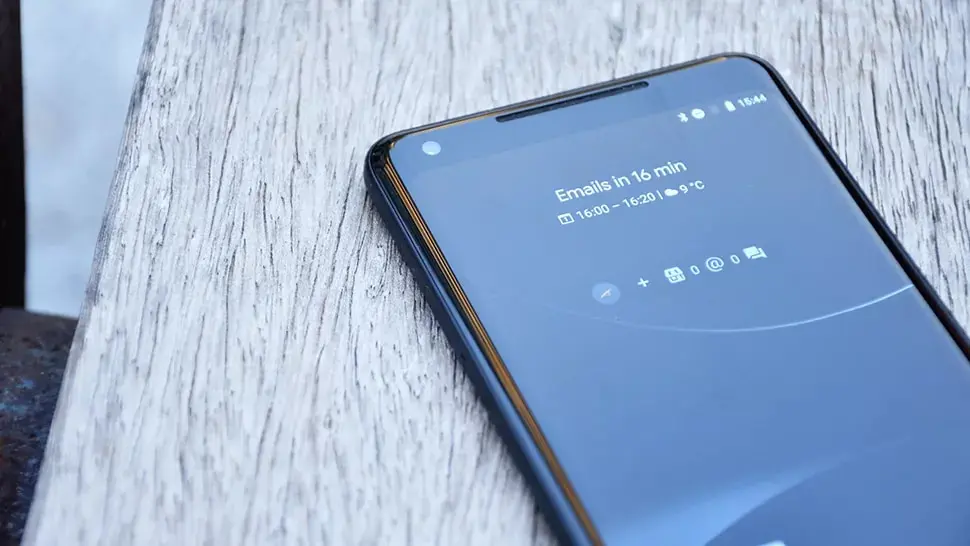
Android 11 will apparently decrease the work you need to do on your phone, by anticipating your propensities and examples.
One such illustration of this is smart folders, so you can let Android 11 automatically sort your apps into organizers of comparable apps, similar to games or productivity tools.
App ideas are likewise changed to suggested apps dependent on your daily routine. For instance, if you generally sign onto your Fitbit app first thing in the morning to examine your sleep habits, the phone will currently automatically pop that app into the Home screen toward the beginning of the day so it’s effectively accessible.
Finally, apparently, the Smart Reply feature currently usable in Android phones has gotten a few changes. This mode suggests some automatic responses when you get a message, allowing you to answer with one tap yet it’s not clear what’s going on here.
Security and privacy
Android 11 likewise carries a few changes to app permissions. Presently, you can grant an app permission to, say, your camera or location, on a one-off basis, rather than the current choices of ‘all the time’ and ‘only while using the app’.
In expansion, your phone will naturally revoke permissions for apps if you have not utilized them in some time. So an app will not follow your location if you forgot you have it downloaded, for example.
New Media playback widget
Any app playing media on your device will make a widget in your quick settings drop-down menu, complete with the colour-coordinated background to the album art.
As well as that, there’s a simpler method for switching media output so you can switch it to play on the device. In your headphones, cast it to a TV or sound streamer.
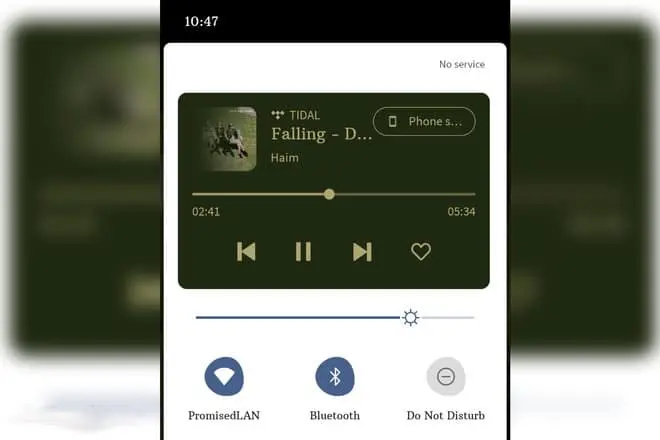
New permissions in Android 11
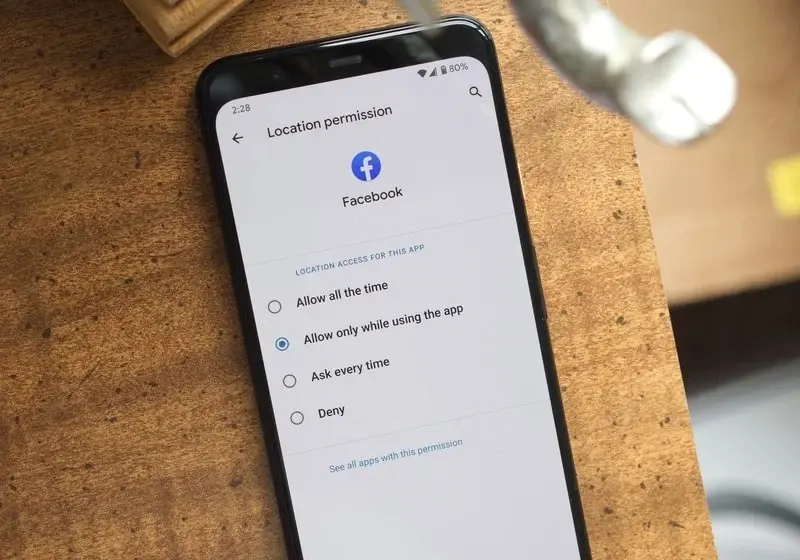
Looking back on Android 10, one of its features was its further developed handling of app permissions. Android 10 gave users more control over apps and what they could access. And Android 11 keeps this train moving with an awesome new addition.
Now, when an app requests permission to utilize touchy elements like your location, microphone, or camera, you can decide to just grant it access on a one-time basis. The app will actually want to utilize that permission during that case of you utilizing the app. However, the permission is revoked when you leave it. The next time you utilize the app, and it needs to utilize that permission, it should be allowed admittance again.
Giving apps permission to these parts of your phone ought not to be taken lightly. So we’re excited to see Google giving users more control over their information like this.
Android 11 compatible with folding phones?
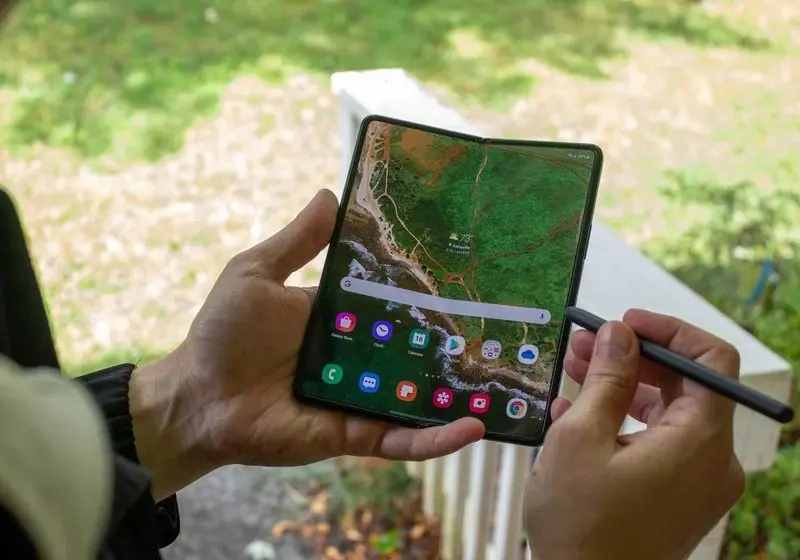
If there’s been a position of the outstanding change in the Android space, it’s been with displays. Companies are continually making advancements to offer the best and most energizing smartphone screen possible. And however extraordinary as this seems to be, Android needs to catch up with better help for these new additions.
Folding phones are proving up very well known up until now, with Samsung specifically intent on turning this into a mainstream category with the dispatch of the Gallaxy Z Flip 3and Z Fold 3. The most recent foldable component Android 11 out of the box, and leverage the new additions that Google introduced last year. Including the “hinge angle sensor” so apps can undoubtedly detect the hinge of these folding phones. With this data, developers can adjust their apps to work around the hinge and make unique experiences because of that.
Android 11 work with 5G

5G is at last beginning to make its way to people, and that’s only the tip of the more and more people have begun connecting to the next generation of wireless information. To ease the transition, Android 11 adds a vital “Dynamic Meterdness API”. That may not sound extremely energizing on paper. Yet it basically permits phones to take full advantage of all the power 5G brings.
If the API detects that you’re associated with an unlimited 5G signal. And you’ll access the most noteworthy possible quality for videos and graphics. The potential for 5G is really darn cool. And this API guarantees you take full advantage of the speeds accessible to you.
Conclusion
Google released Android 11 in late 2020. However, not all devices capable of moving up to the new operating system received it immediately. The OS has been carried out slowly for recent months, so if you don’t have it yet, you may soon. This most up-to-date version of Android adds a small bunch of new and useful elements to Android 10. Alongside 117 new emoji that incorporates some gender-neutral and transgender representation.


